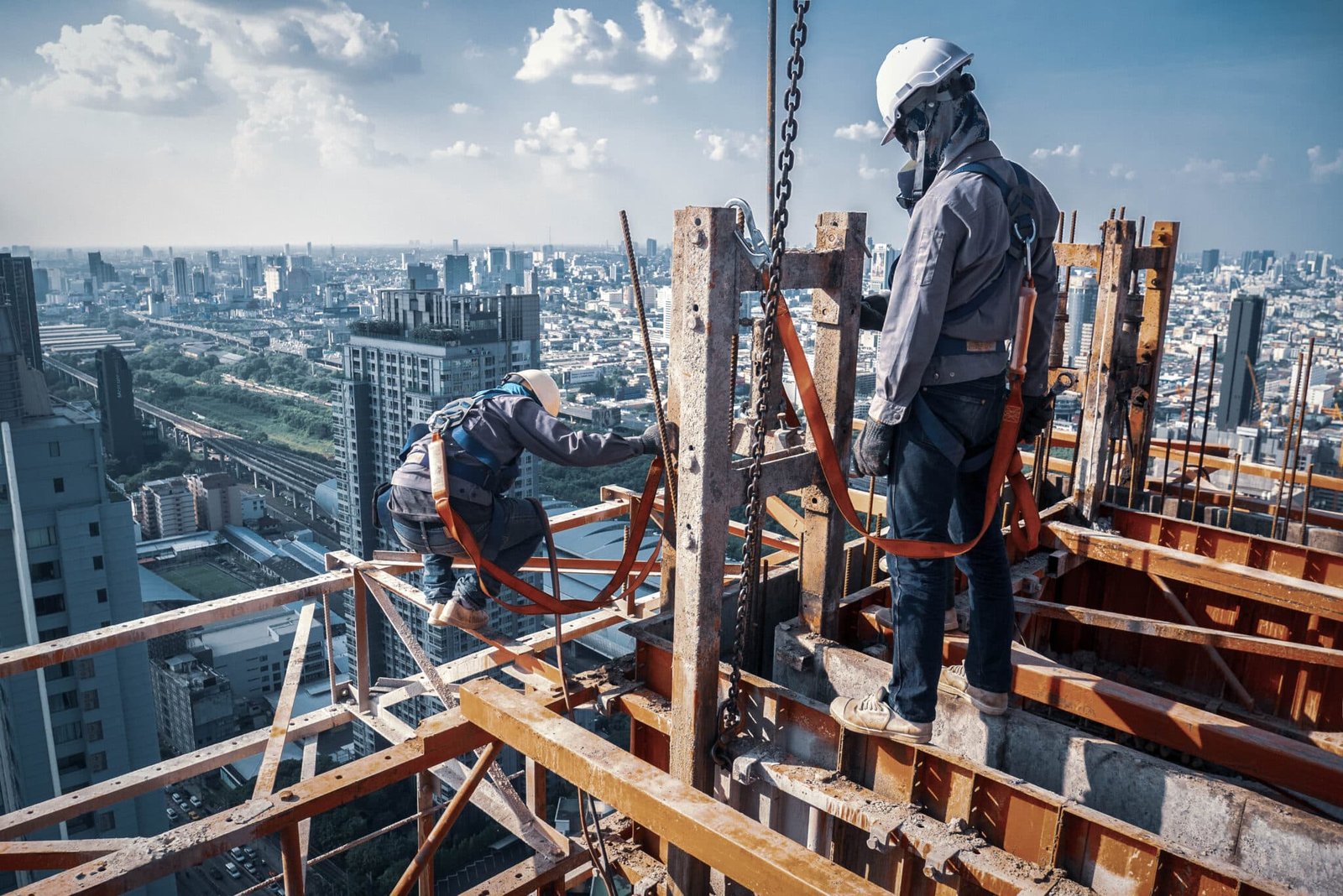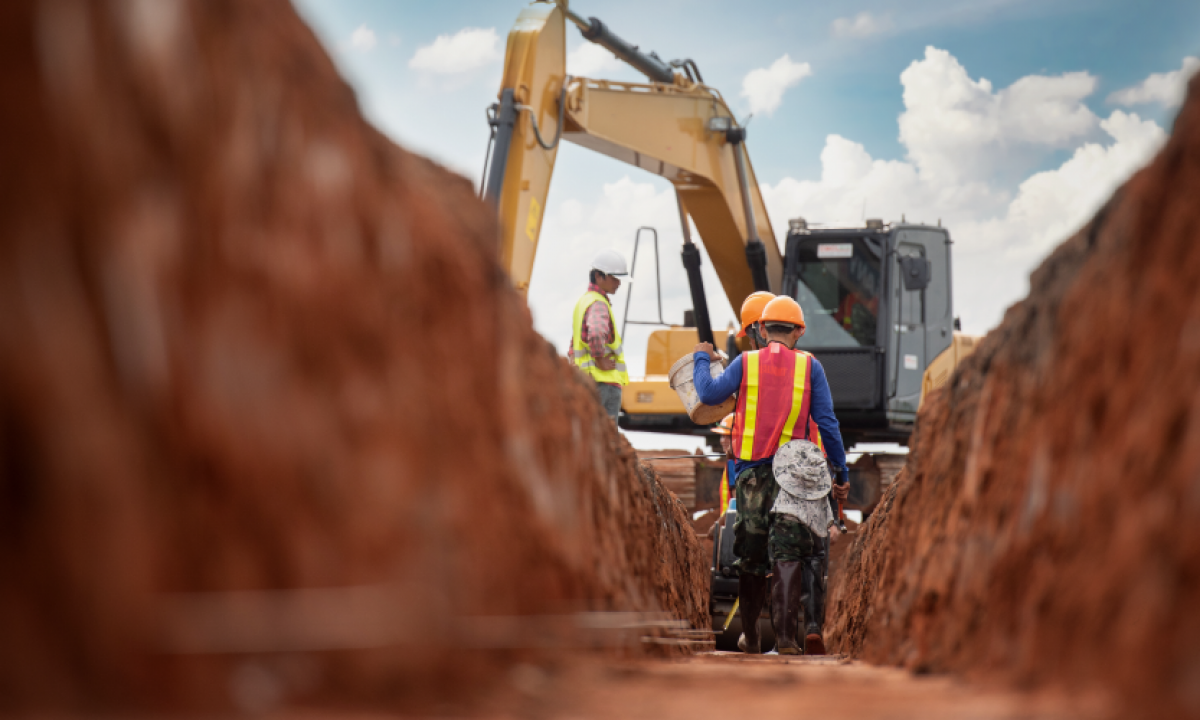Formwork is a temporary structure used to support concrete until it gains sufficient strength to stand on its own. It plays a critical role in construction projects, from building foundations to high-rise structures. However, formwork operations come with inherent risks, including structural collapse, falls, and material handling hazards. Implementing comprehensive safety measures is essential to protect workers and ensure the integrity of the structure.
Understanding Formwork Hazards
Formwork safety concerns revolve around several key risks:
- Structural Collapse: Poorly designed or inadequately supported formwork can collapse under the weight of wet concrete or during dismantling, leading to serious injuries or fatalities.
- Falls from Height: Workers operating on or near formwork face the risk of falling, especially when working on elevated platforms without proper fall protection.
- Falling Objects: Tools, materials, or debris can fall from formwork systems, posing a hazard to workers below.
- Improper Assembly or Dismantling: Inaccurate installation or premature dismantling can compromise the formwork’s stability.
Best Practices for Formwork Safety
1. Pre-Construction Planning and Design
- Thorough Risk Assessment: Before formwork installation, conduct detailed risk assessments to identify potential hazards and develop mitigation strategies.
- Proper Engineering Design: Use engineered formwork systems designed to handle the anticipated loads. Ensure that calculations consider the weight of wet concrete, dynamic forces, and environmental conditions.
- Quality Materials: Select high-quality, certified materials that meet industry standards to ensure durability and performance.
2. Assembly and Installation Controls
- Qualified Personnel: Only trained and competent workers should assemble, inspect, and dismantle formwork.
- Correct Installation: Follow manufacturer guidelines and engineered drawings for the correct installation of formwork systems. Ensure that all connections, supports, and bracing are securely in place.
- Inspections: Perform regular inspections during assembly and before pouring concrete. Check for any signs of damage, misalignment, or instability.
3. Work at Height and Fall Protection
- Guardrails and Fall Arrest Systems: Install guardrails, safety nets, or personal fall arrest systems on elevated formwork platforms to prevent falls.
- Safe Access: Provide safe ladders, stairways, or scaffolds for workers to access formwork platforms. Ensure that access points are well-marked and unobstructed.
- Tool Tethering: Use tool lanyards or tethering systems to prevent tools from falling when working at height.
4. Administrative Controls and Training
- Standard Operating Procedures (SOPs): Develop and implement clear SOPs for formwork assembly, concrete pouring, and dismantling. Ensure that these procedures are communicated to all workers.
- Regular Training: Conduct ongoing training sessions on formwork safety, proper use of PPE, hazard recognition, and emergency procedures.
- Permit-to-Work Systems: Use permit-to-work systems for activities involving formwork to ensure all safety protocols are followed before commencing work.
5. Personal Protective Equipment (PPE)
- Head and Eye Protection: Provide hard hats and safety goggles to protect against falling objects and debris.
- High-Visibility Clothing: Equip workers with high-visibility vests to enhance safety, especially in busy construction areas.
- Fall Protection Gear: Ensure that workers have access to and are trained in using harnesses, lanyards, and other fall protection equipment when working at height.
6. Dismantling and Post-Pour Procedures
- Wait for Adequate Curing: Only begin dismantling formwork after the concrete has reached sufficient strength as specified by engineering guidelines.
- Safe Dismantling Techniques: Follow a controlled dismantling process to ensure stability during the removal of formwork components.
- Post-Dismantling Inspections: Conduct final inspections to ensure that no structural hazards remain and that the concrete has set properly.
Conclusion
Formwork safety is a critical aspect of construction that requires a well-coordinated approach involving proper design, skilled assembly, diligent inspections, and comprehensive training. By understanding the specific hazards associated with formwork and implementing robust safety practices—from pre-construction planning and proper fall protection to the safe dismantling of structures—organizations can significantly reduce risks and enhance worker safety.
Investing in formwork safety not only protects the workforce but also ensures that structures are built with integrity, setting the stage for successful and sustainable construction projects.
Discover more from HSEProHub
Subscribe to get the latest posts sent to your email.



